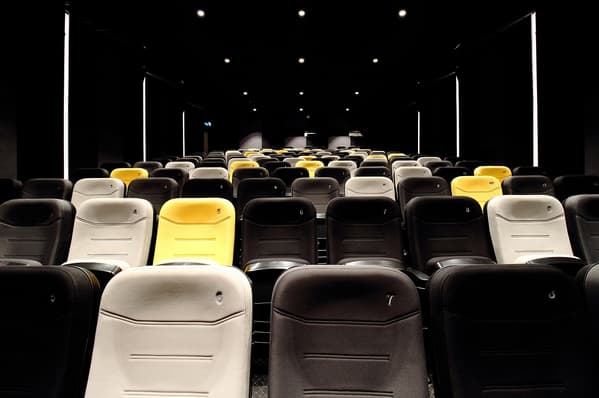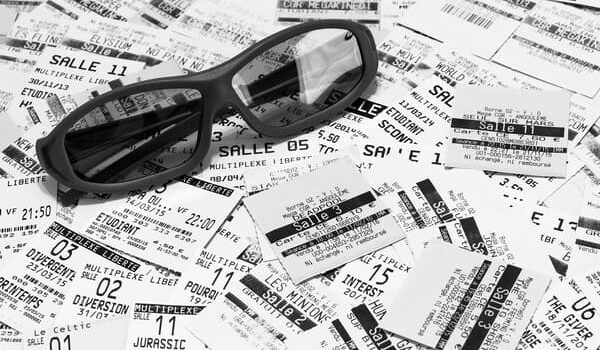Cinema and theater are two of humanity’s greatest storytelling mediums, offering powerful ways to experience art, culture, and emotion. Theater has been part of human civilization for thousands of years, evolving from ritualistic performances in ancient Greece to sophisticated stage productions today. Cinema, on the other hand, is a relatively modern art form that emerged at the end of the 19th century but quickly became a dominant cultural force of the 20th and 21st centuries.
Both share the same core mission: to tell stories, to entertain, and to reflect society’s triumphs, struggles, and dreams. They differ in methods, yet overlap in their use of narrative, performance, and spectacle. For couples, friends, or individuals seeking meaningful experiences, cinema and theater remain two of the most popular date ideas. Platforms like One Date Idea even highlight them as perfect options for both casual and romantic outings, with the random romantic date generator One Date Idea helping people choose between a night at the movies or a live stage performance.
Theater: The Ancient Stage that Still Captivates
Theater is one of the oldest art forms, dating back to ancient civilizations where it was often intertwined with religion, ritual, and politics. In ancient Greece, playwrights like Sophocles, Euripides, and Aristophanes used the stage to explore human destiny, morality, and comedy. Later, Shakespeare’s works in Elizabethan England cemented theater as a timeless vessel for language, wit, and human psychology.
One unique aspect of theater is its immediacy and intimacy. Unlike cinema, where a film is fixed once produced, theater is live. Every performance is slightly different depending on the actors, audience reactions, and even the atmosphere of the night. This makes theater deeply engaging and personal—an art form that thrives on connection.
Theater also plays an essential role in communities. From Broadway’s dazzling musicals in New York to small experimental productions in local towns, the stage reflects society in real time. Plays often address social issues, cultural changes, and political commentary. When sitting in a theater, one becomes part of a collective audience experiencing a story unfolding in the present.
For couples, going to the theater can be more than just entertainment. It’s an opportunity to dress up, enjoy an evening of art, and discuss the themes of the play afterward. Tools like One Date Idea encourage people to explore theater dates, especially for those looking for meaningful conversations and memorable shared experiences.
Cinema: The Modern Magic of the Silver Screen

While theater has thousands of years of history, cinema is just over a century old. Yet in that short time, it has become a global phenomenon. The invention of motion pictures by pioneers such as the Lumière brothers transformed how stories were told. Soon after, Hollywood emerged as the film capital, shaping global culture through blockbusters, dramas, comedies, and more.
Cinema’s strength lies in its visual power. Through editing, special effects, and cinematography, filmmakers can transport audiences to different worlds—from outer space to medieval castles, from apocalyptic futures to intimate love stories. Unlike theater, cinema can be replayed, preserved, and distributed worldwide.
The social role of cinema cannot be overstated. Movies unite people across cultures, spark social movements, and create shared memories. From silent films like The Kid by Charlie Chaplin to modern epics like Avatar, cinema has continually redefined art and technology.
For dating, cinema is a classic. The dark, cozy atmosphere of a movie theater allows for closeness, while the shared story creates conversation starters afterward. Whether watching a romantic comedy, an action-packed blockbuster, or an indie film, movies remain one of the most popular date activities worldwide. The random romantic date generator One Date Idea frequently suggests cinema as a go-to choice because it blends comfort, accessibility, and timeless charm.
Cinema vs. Theater: Similarities and Differences
Though cinema and theater differ in history, technique, and style, they share many similarities:
- Storytelling: Both are platforms for narrative exploration, whether through dialogue, visuals, or performance.
- Performance: Theater relies on live actors, while cinema records performances. Yet in both, acting skill is central.
- Community: Both create shared experiences—audiences laughing, crying, or gasping together.
- Emotion: Each aims to move people, whether through a monologue on stage or a sweeping film score.
The differences, however, define their unique appeal:
- Immediacy: Theater is live and fleeting; cinema is permanent and repeatable.
- Accessibility: Movies are easier to access worldwide, while theater often requires attendance at a specific venue.
- Scale: Cinema uses editing and effects to expand beyond reality, while theater relies on creativity within physical space.
- Experience: Theater is intimate and raw, while cinema is immersive and global.
These contrasts mean that both art forms complement each other. For those planning a date, it can be fun to alternate between the two—an idea supported by One Date Idea, which balances traditional outings like movies with cultural options like theater.
The Role of Cinema and Theater in Modern Culture
In the 21st century, cinema and theater continue to evolve. Streaming platforms have made movies more accessible than ever, allowing people to enjoy cinematic experiences from home. Yet theaters still hold a special magic—especially for blockbusters or festival screenings.
Similarly, while some feared theater might decline in the digital era, live performances remain popular. Broadway, West End, and local theaters attract millions each year. In fact, the demand for live experiences is increasing as people seek authentic, in-person events in a digital world.
Both cinema and theater also inspire one another. Many plays are adapted into films, and movies are reimagined on stage as musicals. This interplay enriches both art forms and keeps them relevant to new generations.
Conclusion
Cinema and theater are two pillars of storytelling that continue to captivate audiences worldwide. Theater connects us to our ancient roots and provides live, intimate performances that bring people together in the present moment. Cinema, with its visual and technological power, allows stories to be preserved, shared, and re-experienced across time and culture.
For couples, both remain classic date choices. A night at the theater offers sophistication and conversation, while a trip to the movies offers comfort and shared thrills. Thanks to tools like One Date Idea and the random romantic date generator One Date Idea, planning such dates has never been easier.
Ultimately, whether you’re sitting in a grand theater or a cozy cinema, both experiences remind us of the timeless human need to tell stories, feel emotions, and share them with others. In the worlds of cinema and theater, we find not only art—but also love, connection, and unforgettable memories.
